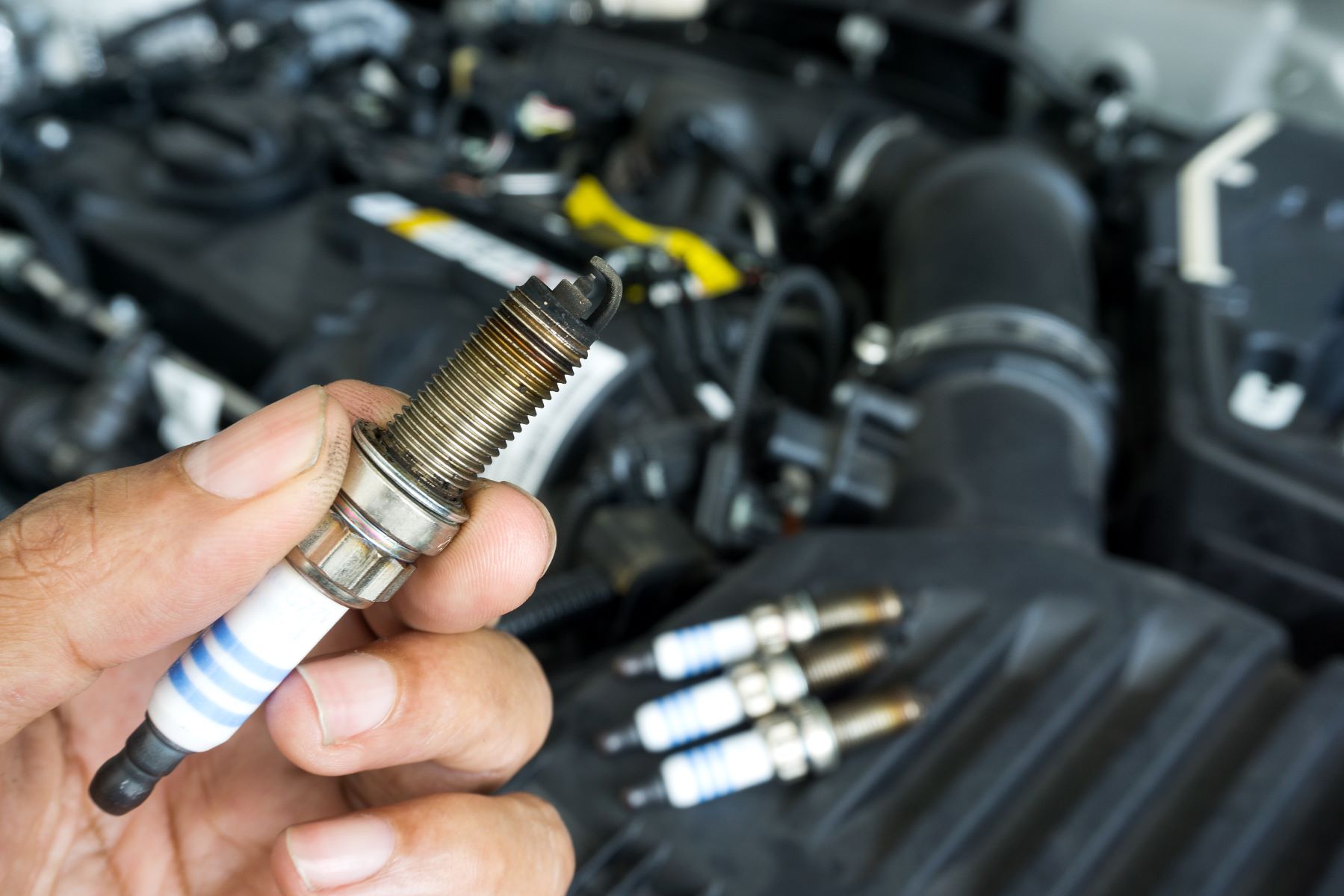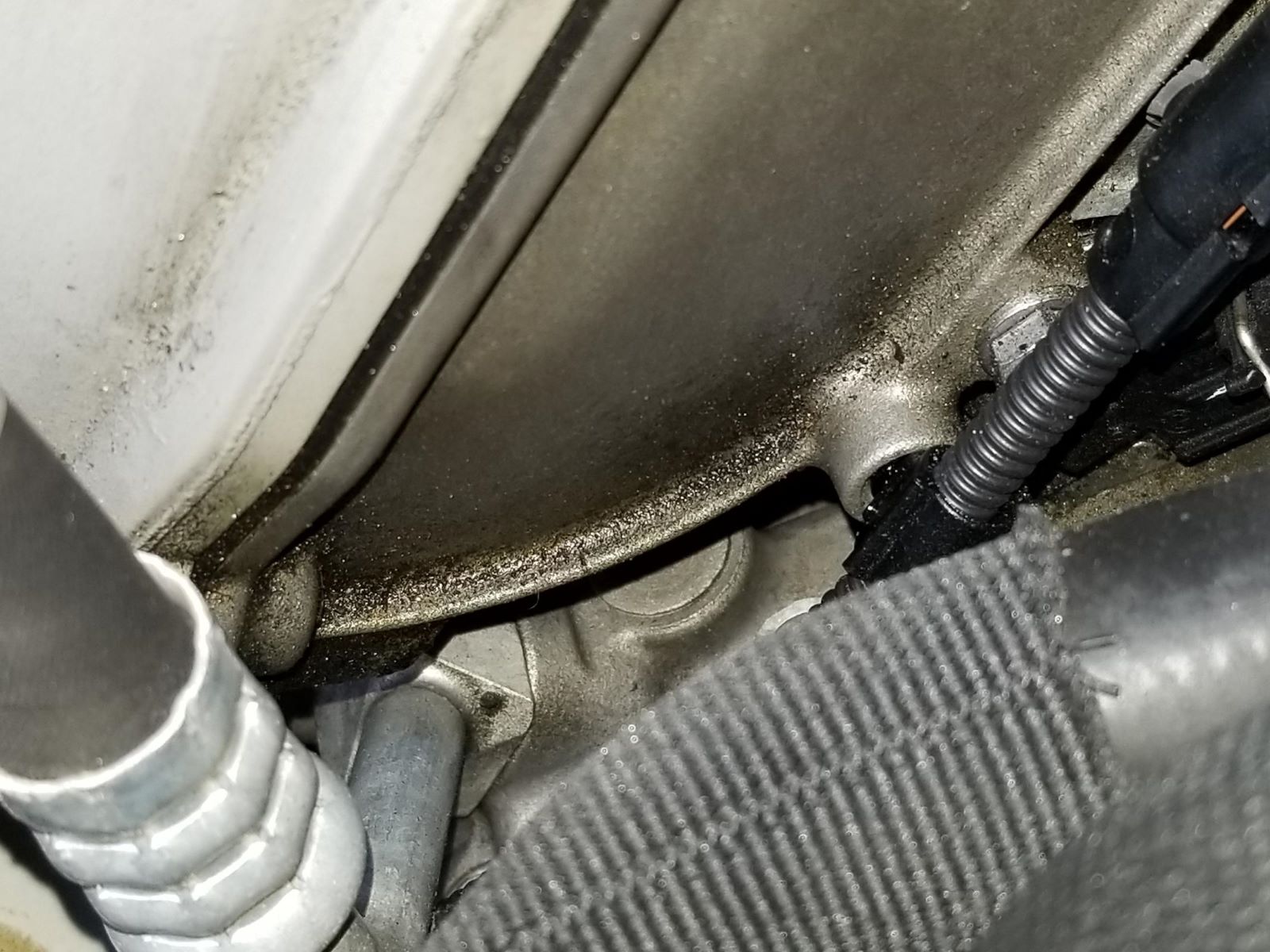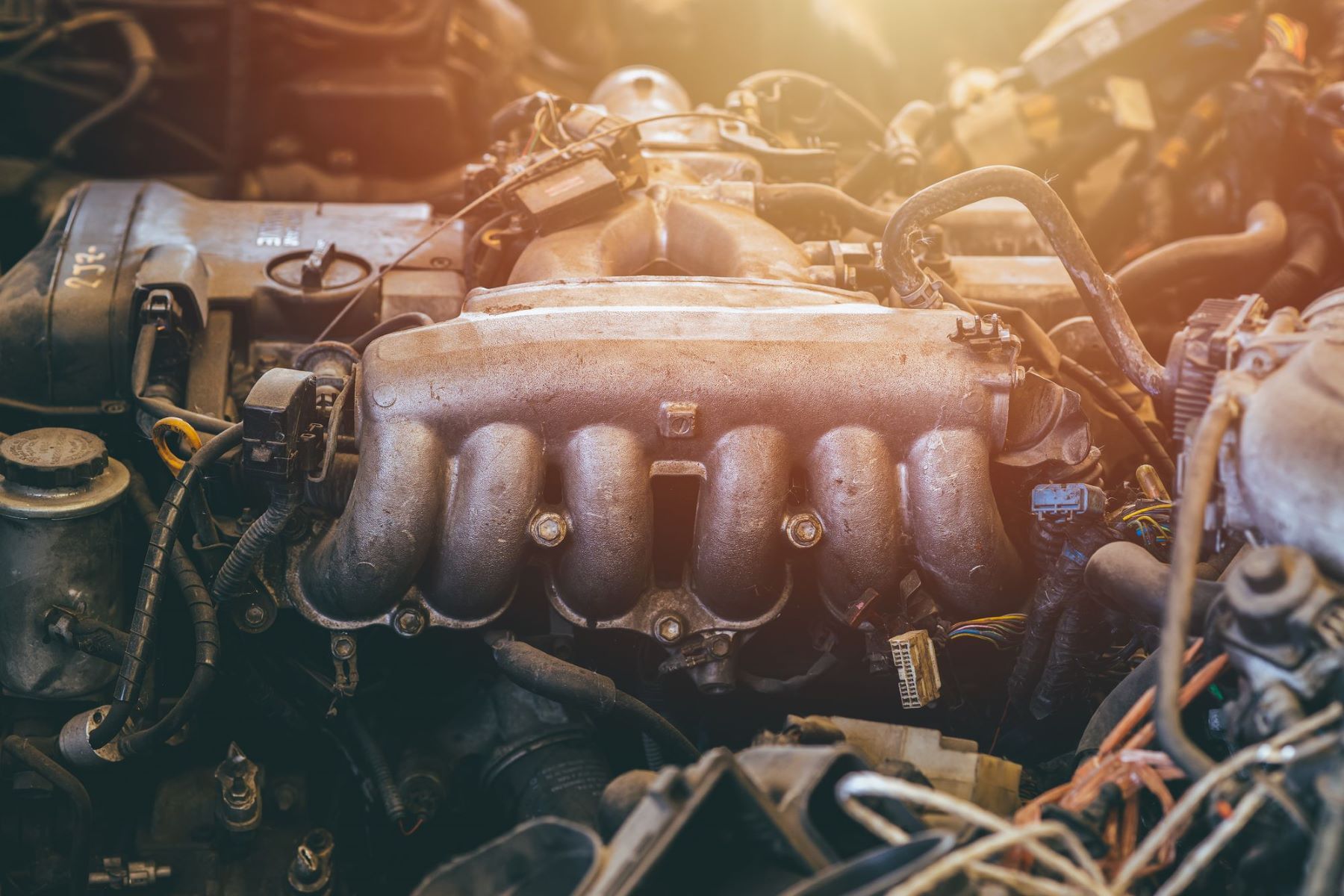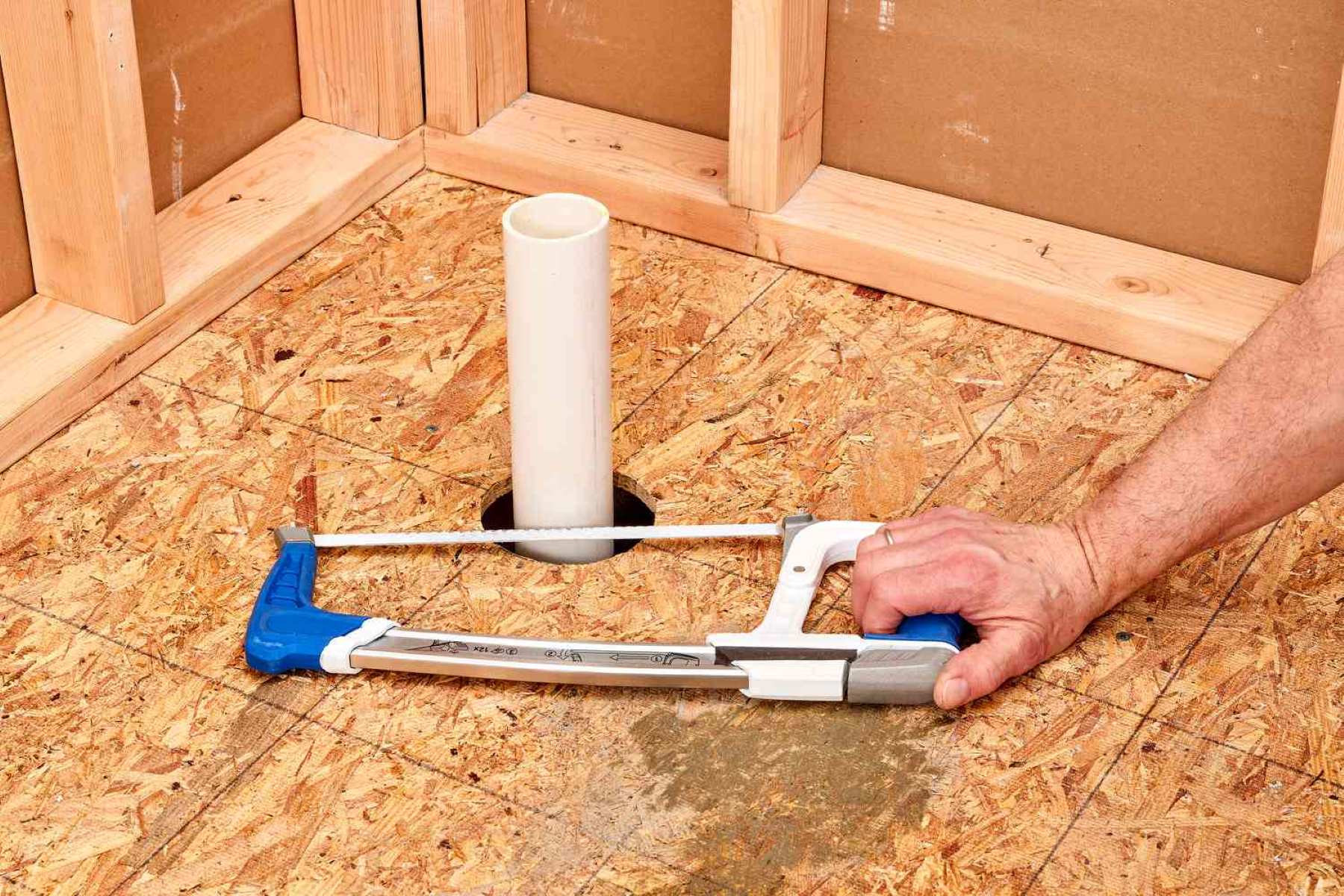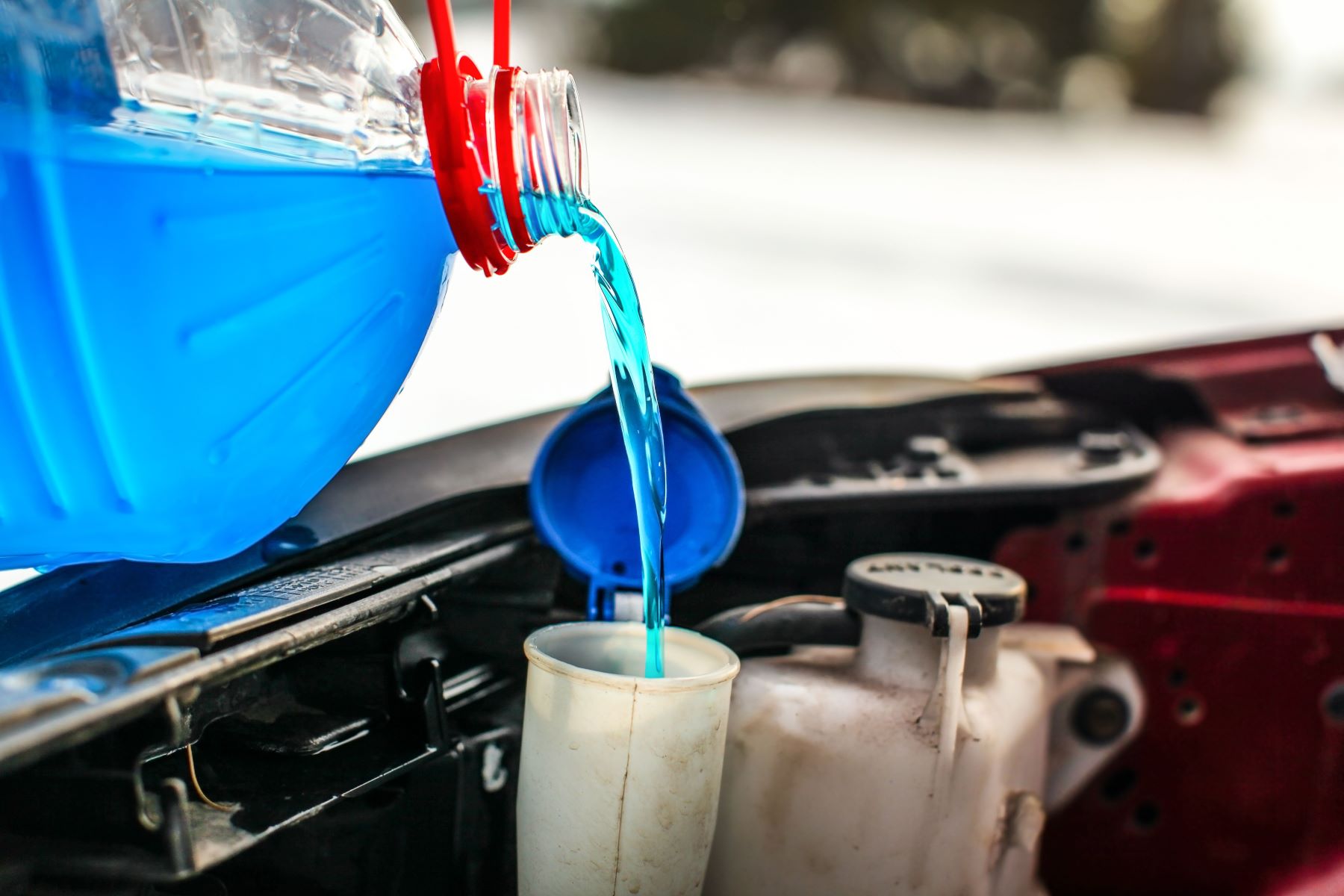Home>Automotive>The Shocking Cost Of Fixing A Rear Main Seal Leak Revealed!
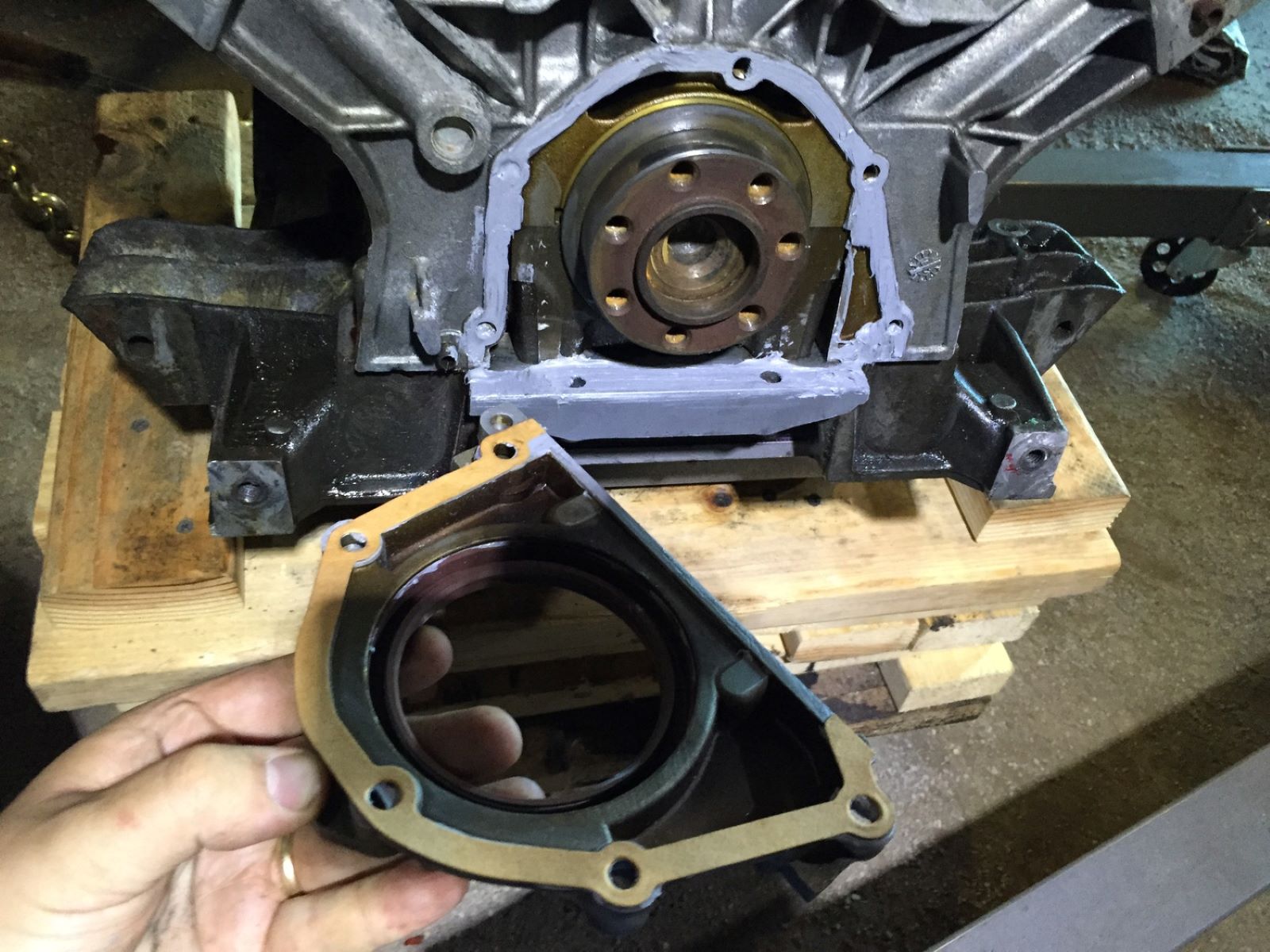

Automotive
The Shocking Cost Of Fixing A Rear Main Seal Leak Revealed!
Published: January 23, 2024
Discover the true cost of repairing a rear main seal leak in the automotive industry. Get insights and tips to save on this unexpected expense.
(Many of the links in this article redirect to a specific reviewed product. Your purchase of these products through affiliate links helps to generate commission for Regretless.com, at no extra cost. Learn more)
Table of Contents
Introduction
The rear main seal of a vehicle is a small but crucial component that plays a significant role in keeping the engine running smoothly. However, when this seal develops a leak, it can lead to a cascade of issues, both in terms of vehicle performance and repair costs. In this article, we will delve into the shocking reality of the cost associated with fixing a rear main seal leak, shedding light on the potential financial implications for vehicle owners.
A rear main seal leak is not just a minor inconvenience; it can have far-reaching consequences for the overall functionality of the vehicle. From the potential for oil to drip onto the exhaust system, causing a distinct burning odor, to the risk of oil levels dropping to a critical point, the ramifications of this issue are not to be underestimated. As such, it is essential for vehicle owners to be aware of the signs that indicate a rear main seal leak and the potential costs involved in addressing this issue.
By exploring the factors that influence the cost of fixing a rear main seal leak, we aim to provide a comprehensive understanding of the financial considerations that come into play when addressing this particular automotive concern. Whether it's the labor-intensive nature of the repair process or the price of the replacement parts, there are several elements that contribute to the overall expense, and it's crucial for vehicle owners to be well-informed about these aspects.
In the subsequent sections of this article, we will delve into the specifics of what a rear main seal leak entails, the telltale signs that indicate its presence, and the various factors that can impact the cost of addressing this issue. Additionally, we will explore the pros and cons of do-it-yourself (DIY) repair versus seeking professional assistance, providing readers with valuable insights to help them make informed decisions about how to approach this potentially costly automotive problem.
What is a Rear Main Seal Leak?
A rear main seal is a vital component of a vehicle's engine, located at the back of the crankshaft. Its primary function is to prevent oil from leaking out of the engine and to keep it separated from the transmission. However, when this seal becomes compromised, it can result in a rear main seal leak, which can lead to a range of issues.
A rear main seal leak occurs when the seal becomes worn or damaged, allowing oil to escape from the engine. This can lead to oil dripping onto the ground or other components of the vehicle, resulting in a noticeable loss of oil over time. As the leak progresses, it can also lead to oil accumulation on the transmission or the area around the rear of the engine.
The consequences of a rear main seal leak extend beyond the visible signs of oil leakage. The escaping oil can come into contact with the vehicle's exhaust system, resulting in a distinct burning odor. Additionally, the decreased oil levels can lead to inadequate lubrication of engine components, potentially causing premature wear and tear. Furthermore, if left unaddressed, a rear main seal leak can lead to more severe engine damage, ultimately impacting the vehicle's performance and longevity.
It's important to note that a rear main seal leak is not a problem exclusive to older vehicles; it can occur in both new and older models, albeit with varying frequency. Factors such as high mileage, prolonged exposure to extreme temperatures, and inadequate maintenance can contribute to the deterioration of the rear main seal, increasing the likelihood of a leak.
In essence, a rear main seal leak poses a threat not only to the vehicle's mechanical integrity but also to the safety and financial well-being of the owner. Understanding the implications of this issue is crucial for vehicle owners to take timely action and prevent further damage to their vehicle and potential costly repairs.
By recognizing the signs of a rear main seal leak and understanding its underlying causes, vehicle owners can proactively address this issue, thereby mitigating the potential consequences and costs associated with a compromised rear main seal.
Signs of a Rear Main Seal Leak
Identifying the signs of a rear main seal leak is crucial for vehicle owners to promptly address this issue and prevent further complications. While the symptoms of a rear main seal leak may not always be immediately apparent, there are several indicators that can signal the presence of this problem.
-
Oil Puddles: One of the most visible signs of a rear main seal leak is the presence of oil puddles beneath the vehicle after it has been parked for some time. These puddles may appear dark and viscous, indicating an oil leak that requires attention.
-
Burning Odor: As the leaking oil comes into contact with the hot components of the engine, it can produce a distinct burning odor, which may be noticeable both inside and outside the vehicle. This odor is a clear indication of oil reaching areas where it shouldn't be, signaling a potential rear main seal leak.
-
Low Oil Levels: Monitoring the vehicle's oil levels regularly is essential, as a rear main seal leak can lead to a gradual decrease in oil levels. If the oil levels consistently drop without any noticeable leaks in other areas of the engine, it could be a strong indicator of a rear main seal leak.
-
Oil Smudges on the Transmission: Inspecting the area around the rear of the engine and the transmission for oil smudges or accumulation can reveal evidence of a rear main seal leak. The presence of oil in these areas indicates a potential breach in the seal, allowing oil to escape and accumulate on surrounding components.
-
Unusual Engine Sounds: A rear main seal leak can result in inadequate lubrication of engine components, leading to increased friction and unusual sounds emanating from the engine. These sounds may include knocking, tapping, or grinding noises, signaling potential damage due to insufficient lubrication.
-
Excessive Exhaust Smoke: In more severe cases of rear main seal leaks, the escaping oil can find its way into the combustion chambers, leading to excessive exhaust smoke. This smoke may appear bluish in color, indicating the presence of burning oil in the exhaust system.
Recognizing these signs and promptly addressing a rear main seal leak is essential to prevent further damage to the vehicle's engine and transmission. By being vigilant and responsive to these indicators, vehicle owners can mitigate the potential repercussions of a rear main seal leak and avoid costly repairs associated with prolonged neglect.
The Cost of Fixing a Rear Main Seal Leak
The cost of fixing a rear main seal leak can vary significantly, ranging from a few hundred to over a thousand dollars. The expense associated with addressing this issue is primarily attributed to the labor-intensive nature of the repair process and the cost of the replacement parts. When a vehicle exhibits signs of a rear main seal leak, it is essential for owners to consider the potential financial implications and take timely action to prevent further damage and increased repair costs.
The cost of fixing a rear main seal leak typically involves both labor and parts expenses. The labor component constitutes a significant portion of the overall cost, as accessing the rear main seal necessitates extensive disassembly of the vehicle's engine and transmission components. This intricate process requires the expertise of a skilled mechanic, contributing to the labor costs associated with the repair.
In addition to labor expenses, the cost of the replacement parts, including the rear main seal itself and any associated gaskets or seals, further adds to the overall expenditure. The price of these parts can vary depending on the make and model of the vehicle, with some rear main seals being more expensive than others. Furthermore, if the leak has resulted in damage to surrounding components, the cost of replacing or repairing these parts must also be factored into the overall repair expenses.
The total cost of fixing a rear main seal leak is also influenced by the prevailing labor rates at automotive repair facilities. In regions with higher labor rates, the overall cost of the repair is likely to be greater. Additionally, the choice of repair facility, such as a dealership service center versus an independent mechanic, can impact the cost, as dealership rates tend to be higher due to factors such as brand-specific expertise and overhead expenses.
It is important for vehicle owners to be aware of the potential cost range associated with fixing a rear main seal leak and to seek multiple quotes from reputable repair facilities. By obtaining detailed estimates and understanding the breakdown of labor and parts expenses, owners can make informed decisions regarding the most cost-effective approach to addressing this issue.
In the subsequent sections, we will delve into the specific factors that can influence the cost of fixing a rear main seal leak, providing readers with valuable insights to help them navigate the financial considerations associated with this automotive repair.
Factors Affecting the Cost
Several factors play a pivotal role in determining the overall cost of fixing a rear main seal leak. Understanding these influences is essential for vehicle owners to gain insight into the financial considerations associated with this repair. By delving into the specific elements that impact the cost, individuals can make informed decisions and effectively manage the expenses incurred in addressing a rear main seal leak.
-
Vehicle Make and Model: The make and model of the vehicle significantly influence the cost of fixing a rear main seal leak. Certain vehicles may have rear main seals that are more complex to access and replace, leading to higher labor costs. Additionally, the availability and pricing of replacement parts can vary based on the specific make and model, further contributing to the overall repair expenses.
-
Labor Intensity: The labor-intensive nature of repairing a rear main seal leak is a key factor affecting the cost. Accessing the rear main seal often requires extensive disassembly of the engine and transmission components, leading to increased labor hours. Mechanics invest significant time and expertise in executing this intricate repair process, thereby impacting the overall labor expenses.
-
Replacement Parts: The cost of the replacement parts, including the rear main seal, gaskets, and seals, is a crucial determinant of the overall repair cost. The price of these parts can vary based on the vehicle's specifications and the quality of the components. Additionally, if the leak has caused damage to surrounding parts, the expense of replacing or repairing these components further contributes to the overall cost.
-
Labor Rates: The prevailing labor rates at automotive repair facilities in a particular region directly influence the cost of fixing a rear main seal leak. Areas with higher labor rates typically entail greater overall repair expenses. Vehicle owners should consider obtaining estimates from multiple repair facilities to compare labor rates and make informed decisions regarding the most cost-effective option.
-
Choice of Repair Facility: The choice of repair facility, such as a dealership service center or an independent mechanic, can impact the cost of the repair. Dealership rates often tend to be higher due to brand-specific expertise and overhead expenses. On the other hand, independent mechanics may offer more competitive pricing, providing a cost-effective alternative for addressing a rear main seal leak.
By comprehensively considering these factors, vehicle owners can gain a nuanced understanding of the elements influencing the cost of fixing a rear main seal leak. This awareness empowers individuals to navigate the repair process with informed decision-making, ultimately managing the financial implications associated with this automotive concern.
DIY vs Professional Repair
When faced with the need to address a rear main seal leak, vehicle owners are often presented with the choice between do-it-yourself (DIY) repair and seeking professional assistance. This decision carries significant implications, encompassing factors such as expertise, time commitment, and overall cost. Understanding the distinctions between DIY and professional repair is essential for individuals to make informed choices that align with their preferences and circumstances.
DIY Repair
Opting for a DIY approach to fixing a rear main seal leak entails undertaking the repair independently, leveraging one's mechanical skills and knowledge. DIY enthusiasts may view this as an opportunity to exercise hands-on involvement in maintaining their vehicle, potentially saving on labor costs and gaining a sense of accomplishment.
However, DIY repair of a rear main seal leak presents several challenges and considerations. Accessing the rear main seal often necessitates extensive disassembly of the engine and transmission components, requiring a high degree of mechanical proficiency and a comprehensive understanding of the vehicle's specific configuration. Furthermore, the process may involve the use of specialized tools and equipment, adding to the complexity of the repair.
While DIY enthusiasts may find satisfaction in tackling automotive repairs, it is crucial to acknowledge the potential risks and limitations associated with DIY repair of a rear main seal leak. Inadequate execution of the repair process can lead to further damage and costly repercussions, ultimately outweighing the perceived savings in labor expenses.
Professional Repair
Seeking professional assistance for fixing a rear main seal leak entails entrusting the repair to experienced mechanics at automotive service centers or repair facilities. Professional repair offers the assurance of expertise, precision, and adherence to industry standards, mitigating the risks associated with DIY endeavors.
Professional mechanics possess the specialized knowledge and tools required to effectively address a rear main seal leak, ensuring thorough inspection, accurate diagnosis, and precise execution of the repair process. Moreover, reputable repair facilities often provide warranties for the labor and replacement parts, offering added peace of mind to vehicle owners.
While professional repair incurs labor expenses, the benefits of expert handling, efficient resolution of the issue, and the potential for warranty coverage outweigh the upfront costs. Additionally, professional repair minimizes the time commitment and complexities associated with DIY endeavors, allowing vehicle owners to rely on the proficiency of skilled mechanics for a comprehensive and reliable solution.
In weighing the choice between DIY and professional repair, vehicle owners should consider their mechanical aptitude, the complexity of the repair, and the potential long-term implications. While DIY repair may appeal to enthusiasts seeking hands-on involvement, professional repair offers the assurance of quality, reliability, and safeguarding against inadvertent errors.
By carefully evaluating these considerations, vehicle owners can make well-informed decisions regarding the most suitable approach to addressing a rear main seal leak, effectively balancing their preferences, capabilities, and the imperative of ensuring the optimal functionality and longevity of their vehicles.
Conclusion
In conclusion, the shocking reality of the cost of fixing a rear main seal leak underscores the significant financial implications and considerations that vehicle owners must navigate when confronted with this automotive concern. The potential expenses associated with addressing a rear main seal leak encompass both labor and parts costs, influenced by factors such as the vehicle's make and model, the labor-intensive nature of the repair process, prevailing labor rates, and the choice of repair facility. Understanding the signs of a rear main seal leak and the specific factors that impact the repair cost is essential for vehicle owners to make informed decisions and effectively manage the financial aspects of this repair.
Recognizing the signs of a rear main seal leak, including oil puddles, burning odors, low oil levels, and unusual engine sounds, empowers vehicle owners to promptly address this issue, mitigating the risk of further damage and increased repair costs. By being vigilant and responsive to these indicators, individuals can proactively safeguard their vehicles from the potential consequences of a compromised rear main seal.
Furthermore, the choice between DIY and professional repair presents vehicle owners with a pivotal decision, encompassing factors such as expertise, time commitment, and overall cost. While DIY repair may appeal to enthusiasts seeking hands-on involvement, professional repair offers the assurance of expertise, precision, and warranty coverage, mitigating the risks associated with DIY endeavors. By carefully evaluating these considerations, vehicle owners can make well-informed decisions regarding the most suitable approach to addressing a rear main seal leak, effectively balancing their preferences, capabilities, and the imperative of ensuring the optimal functionality and longevity of their vehicles.
Ultimately, the comprehensive understanding of the signs, costs, and repair options pertaining to a rear main seal leak equips vehicle owners with the knowledge necessary to navigate this automotive concern with confidence and prudence. By staying informed and proactive, individuals can effectively manage the financial implications of a rear main seal leak, ensuring the sustained performance and reliability of their vehicles while mitigating the potential for costly repairs and long-term consequences.
